Tucked away in the North Atlantic, the Faroe Islands are a remote archipelago that offer some of the most dramatic and awe-inspiring landscapes in the world. The Faroe Islands consist of 18 islands, and are located halfway between Iceland and Norway. Although the islands are small, they are packed with adventure and natural beauty.
Highlights and Activities
The Faroe Islands offer a variety of activities for adventurous travellers. Hiking is the most popular activity on the islands, and there are a variety of trails to choose from. The most popular hikes include the hike to the summit of Slættaratindur, which is the highest peak in the Faroe Islands, and the hike to the stunningly beautiful waterfall of Múlafossur.

For those who prefer water-based activities, there are plenty of options as well. Kayaking is a popular activity, and there are several companies that offer guided tours. Whale watching tours are also available, and visitors can see several species of whales and dolphins.
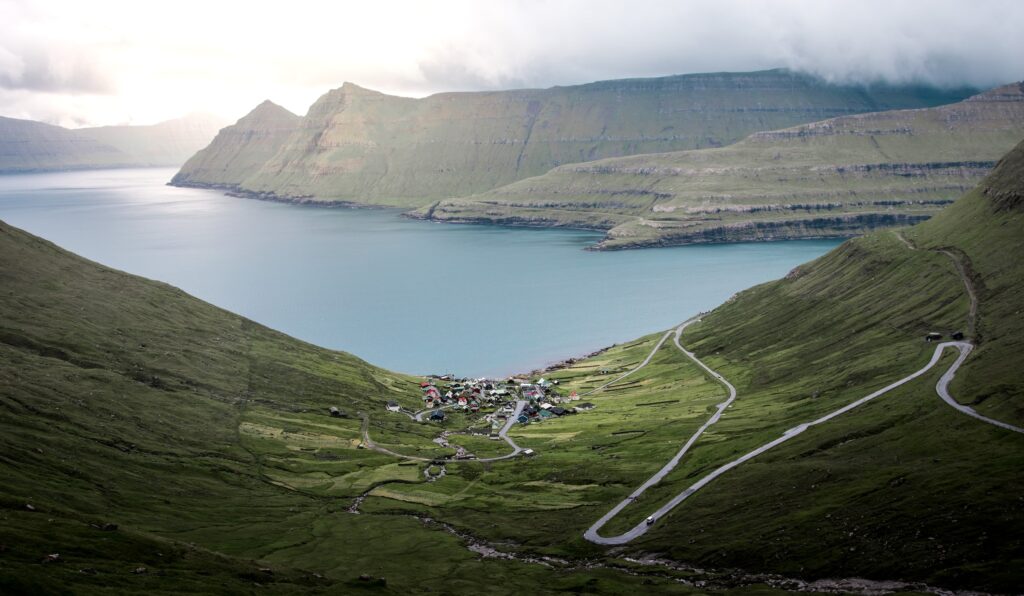
The Faroe Islands are also a popular destination for bird watchers, as there are several species of birds that call the islands home. Puffins are one of the most popular birds to see, and can be found nesting in several locations around the islands.
Here are 20 more incredible highlights and activities on the stunning Faroe Islands to get you excited and thinking about your trip:
- Visit the charming capital city of Tórshavn and wander through its narrow streets lined with colorful houses.
- Explore the picturesque village of Gjógv and its natural harbor.
- Take a boat tour to explore the dramatic coastline of the Faroe Islands.
- Attend a traditional Faroese music performance, including their unique form of chanting called “rímur”.
- Try Faroese cuisine, including fish dishes like fermented fish, fish soup, and fish and chips.
- Visit the beautiful villages of Saksun and Tjørnuvík to see their traditional turf-roofed houses.
- Take a dip in one of the Faroe Islands’ natural hot springs, such as Fossá and Gásadalur.
- Go on a fishing trip and catch your own dinner.
- Take a scenic drive along the mountainous roads of the Faroe Islands.
- Attend one of the many Faroese cultural festivals, such as Ólavsøka or Jóladagur.
- Explore the caves and rock formations along the coast, such as the sea stack of Drangarnir.
- Visit the Faroese Museum of Natural History and learn about the unique flora and fauna of the islands.
- Go on a photography tour to capture the stunning landscapes of the Faroe Islands.
- Take a helicopter tour for a bird’s eye view of the islands.
- Visit the historic ruins of Kirkjubøargarður, one of the oldest inhabited homes in Europe.
- Try your hand at traditional Faroese crafts like knitting, weaving, and woodworking.
- Take a guided hike to the secluded lake of Sørvágsvatn, which appears to be floating above the ocean.
- Go on a sheep farm visit and learn about the importance of sheep farming to the Faroese culture.
- Visit the island of Mykines and hike to see its famous puffin colony.
- Explore the ancient Viking settlements and ruins scattered across the islands.
The best waterfalls on the Faroe Islands
The Faroe Islands are home to many stunning waterfalls, each with their own unique charm and beauty. One of the most famous is Múlafossur, located on the island of Vagar. This waterfall cascades from a cliff into the ocean below, creating a dramatic and picturesque scene. Fossá, located on the island of Streymoy, is another popular waterfall, with a height of over 100 meters and surrounded by lush greenery. Other notable waterfalls include Gasadalur, which flows down a steep mountainside and can be viewed from a nearby village, and Svartifoss, located on the island of Suduroy and known for its basalt columns. For those who love chasing waterfalls, the Faroe Islands offer an abundance of breathtaking sights to explore.
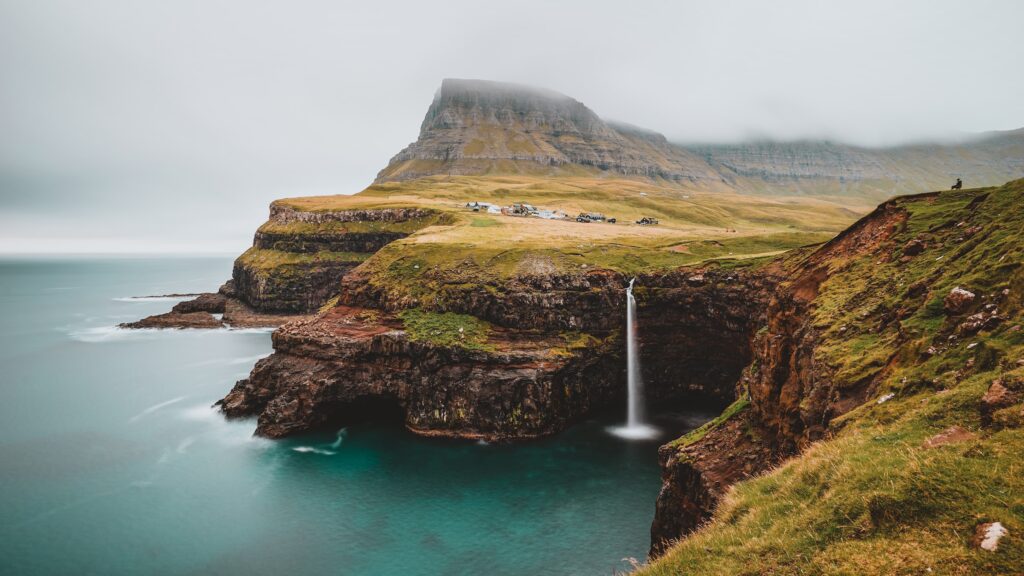
Getting to the Faroe Islands
Getting to the Faroe Islands can be a bit of a challenge, but it is definitely worth the effort. There are two ways to get to the Faroe Islands: by air or by ferry.
Atlantic Airways is the national airline of the Faroe Islands, and offers flights from several cities in Europe, including Copenhagen, Reykjavik, Edinburgh, and Paris. The flight from Copenhagen takes approximately two hours.
Alternatively, there are several ferry services that operate between Denmark, Iceland, and the Faroe Islands. The ferry journey from Denmark takes approximately 36 hours, while the journey from Iceland takes approximately 6 hours.
Visa Requirements
It is important to note that the Faroe Islands are not part of the Schengen Zone, which means that visitors may need to obtain a separate visa to visit the islands. Visitors from countries that are part of the European Union or European Economic Area do not need a visa to enter the Faroe Islands, but visitors from other countries should check with the Faroese embassy or consulate in their home country to determine if they need a visa.
Drone Laws
If you are planning to bring a drone with you to the Faroe Islands, it is important to be aware of the drone laws. Drones are not allowed to fly within 5 km of any airport or heliport, and are not allowed to fly higher than 120 meters above ground level. Additionally, drones are not allowed to be flown over people or private property without the owner’s permission.
Best Time to Visit the Faroe Islands
The best time to visit the Faroe Islands is during the summer months, between May and August. During this time, the weather is mild and the days are long. However, it is important to be prepared for all types of weather, as the weather can be unpredictable and change quickly.
Faroe Islands or Iceland? Which to pick?
While both the Faroe Islands and Iceland are remote, ruggedly beautiful island destinations, there are some key differences to consider when choosing between them. The Faroe Islands are much smaller and less touristy than Iceland, making it a great choice for travellers seeking a more off-the-beaten-path adventure. While Iceland is known for its dramatic waterfalls, geysers, and glaciers, the Faroe Islands are characterized by their rugged coastline, rolling green hills, and picturesque fishing villages. Additionally, the Faroe Islands offer a unique cultural experience, with a strong emphasis on traditional Faroese cuisine and crafts. For those looking to escape the crowds and experience a more authentic slice of Nordic life, the Faroe Islands are definitely worth a visit.

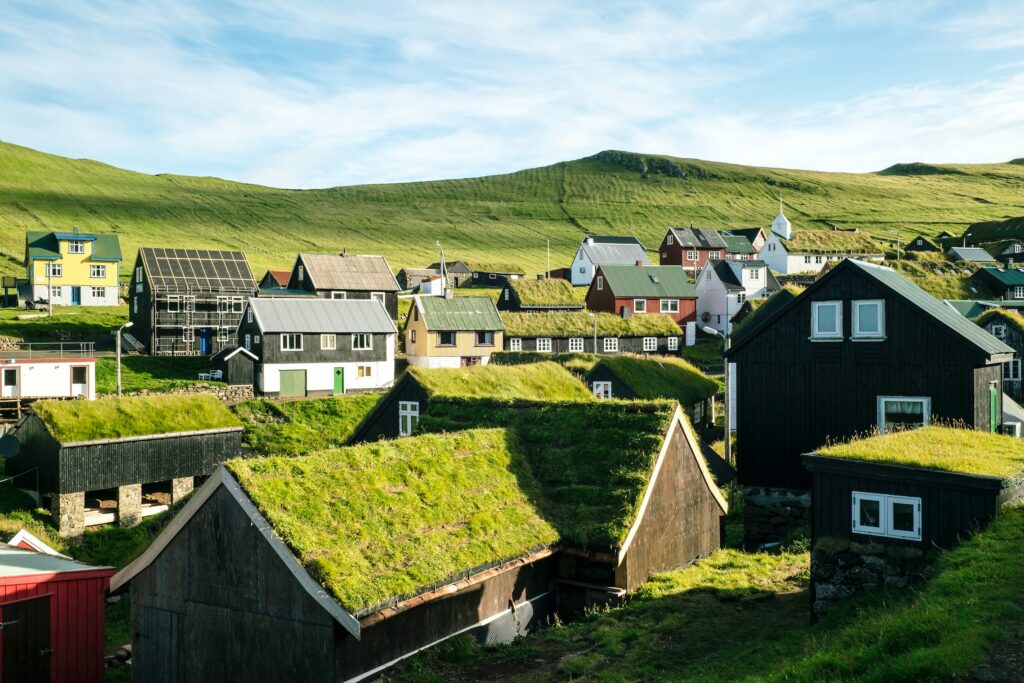
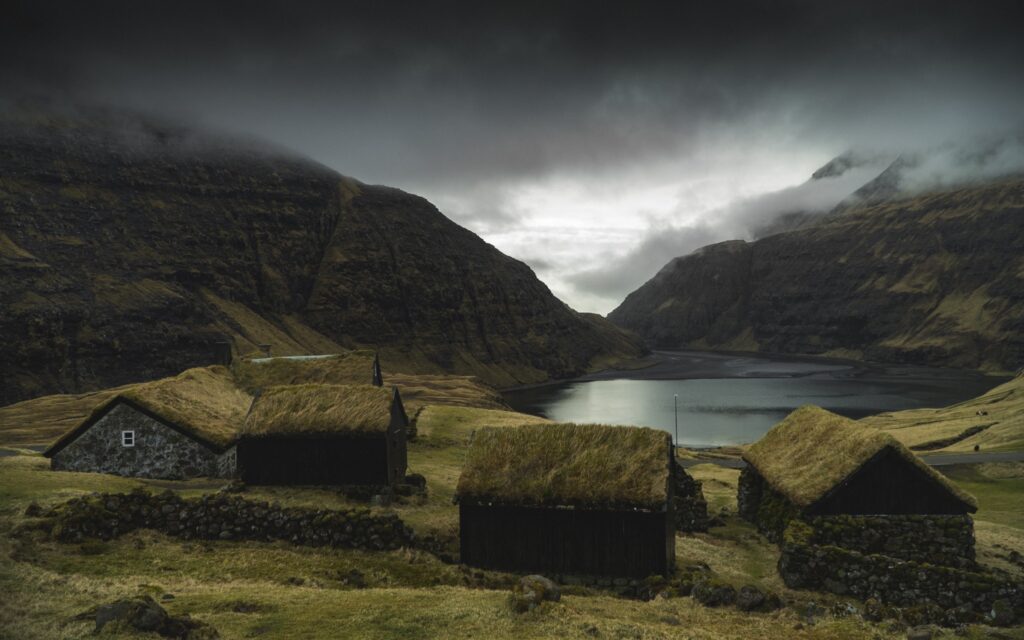
Are the Faroe Islands Expensive?
It’s no secret that the Faroe Islands can be an expensive destination for travelers. This is due in part to the remote location of the islands, which makes importing goods and services more costly. Additionally, the Faroe Islands have a small population and limited tourism infrastructure, which means that prices can be higher for things like accommodations, dining, and activities. However, there are ways to save money when visiting the Faroe Islands. One tip is to book accommodations and activities well in advance to take advantage of early bird deals. It’s also possible to save money on food by shopping at local supermarkets and cooking your own meals. Additionally, consider traveling during the shoulder season (May-June or September-October), when prices may be lower and there are fewer tourists. With some careful planning and budgeting, it’s still possible to have an amazing and affordable trip to the Faroe Islands.
Where to stay on the Faroe Islands?
When it comes to finding accommodation in the Faroe Islands, visitors have a variety of options to choose from. There are several hotels, guesthouses, and hostels scattered throughout the islands, as well as private rentals like apartments and vacation homes. For those looking for a more unique experience, there are also opportunities to stay in traditional Faroese turf-roofed houses or on working farms. It’s important to note that accommodation options can be limited and fill up quickly, especially during peak travel season, so it’s recommended to book in advance. Additionally, many accommodations offer car rental services, which can be a convenient way to explore the islands. It’s worth noting that driving in the Faroe Islands can be challenging due to the narrow, winding roads and mountainous terrain, so it’s important to take caution and drive defensively.
Take a look at a few of our top Faroe Island accommodation picks below.. we have sourced the very best and most picturesque locations:
- ‘The View’ is an incredible property and should definitely be looked at! Take a look here!
- Stay in a log house with a spa and wonderful views.. have a look!
- A luxury cottage, big deck, hot tub, and wonderful views? Yes please!
- Stay right near the famous waterfalls in the cute cottage (see below). Take a look!
- Stay in Torshavn in a traditional Faroese house with wonderful views.

Are you interested in a tour when you visit the Faroe Islands?
Organized tours and day trips can be a great way to see the highlights of the Faroe Islands and learn about their culture and history. Guides can provide valuable insights and context that you may not get on your own. Additionally, tours can offer convenient transportation and access to areas that may be difficult to reach on your own. Check out a few of the top tours and day trips for the Faroe Islands below:
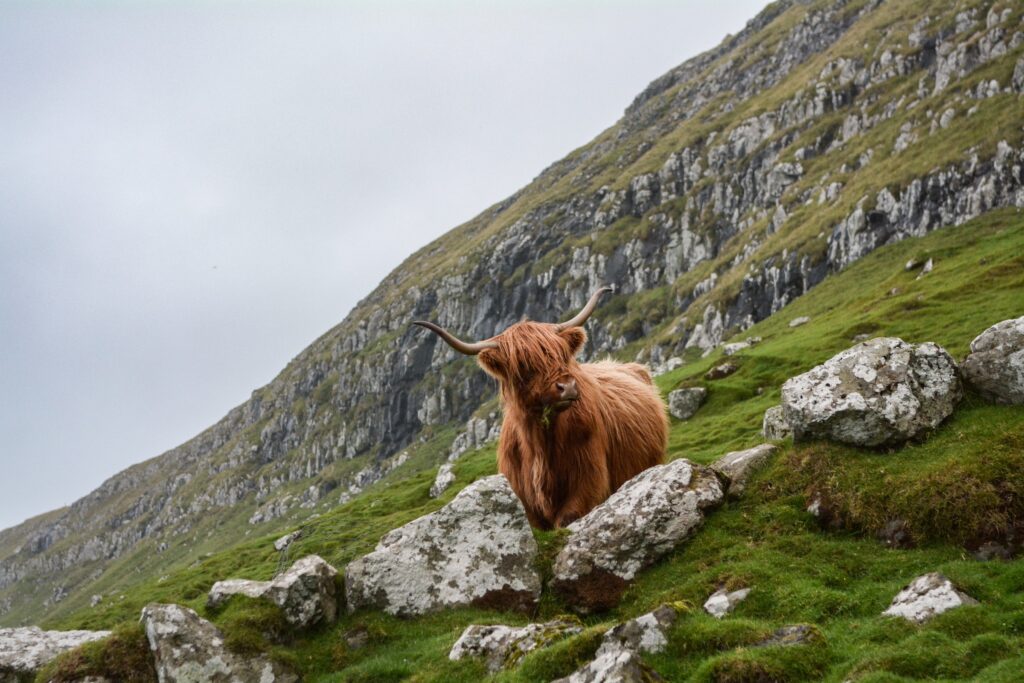
In conclusion, the Faroe Islands offer a unique and unforgettable travel experience. With stunning landscapes, outdoor adventures, and a rich culture, the Faroe Islands are a must-visit destination for adventurous travellers. While getting there may require a bit of effort, the breath-taking views and unforgettable experiences make it well worth the trip.
See a top Europe guide with recommendations and Europe itineraries here!
Please be aware that this post includes affiliate links. By using these links to make purchases or bookings, you won’t incur any additional costs, but we may receive a small commission from the sale. This commission goes towards supporting the maintenance and upkeep of the site. This allows us to continue providing helpful and informative content. Thank you for your support!


4 Replies to “The Faroe Islands: A Hidden Gem in the North Atlantic”
Comments are closed.